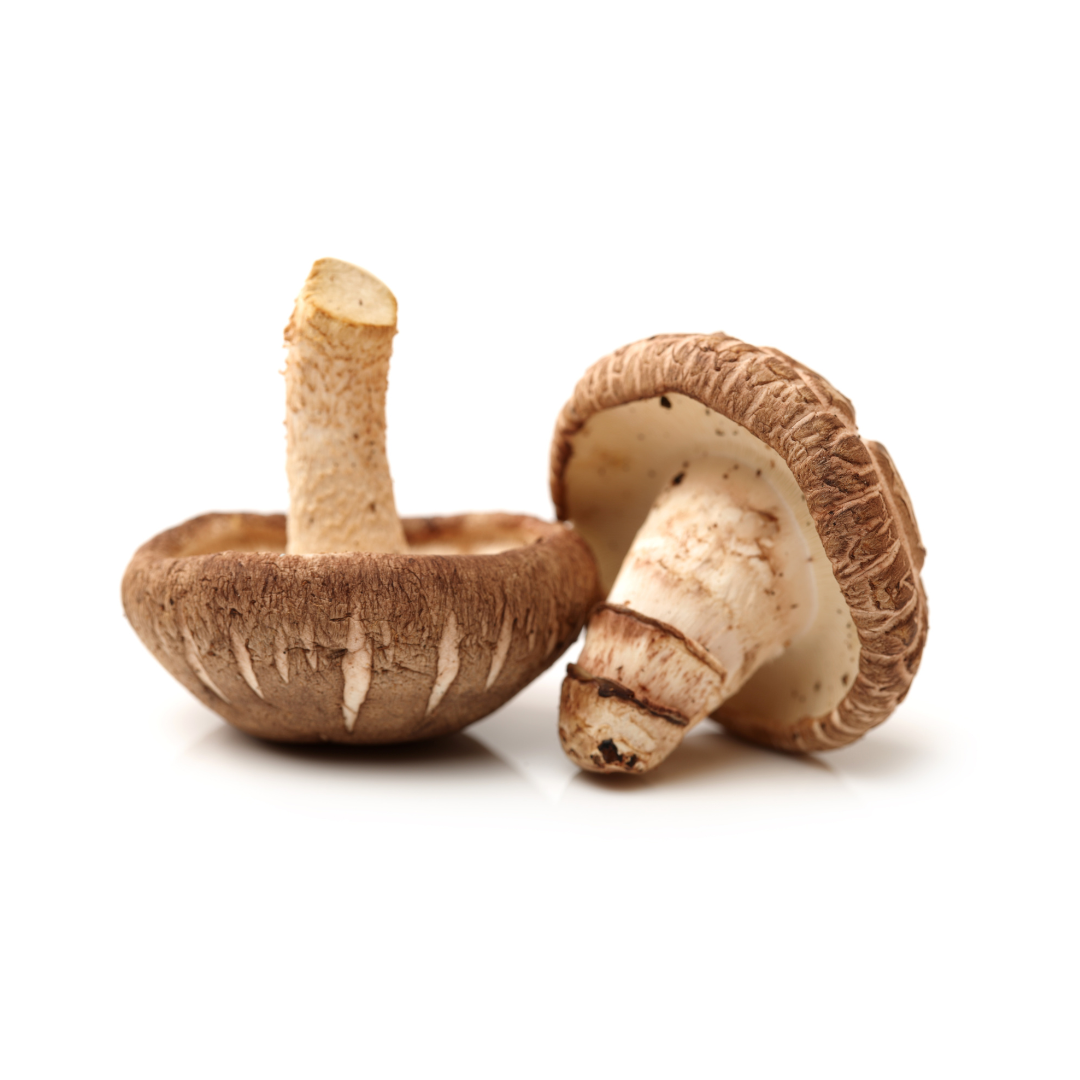WIN-WIN PACK mushrooms packag
2025-07-19
Do you know how mushrooms are packaged?
Mushrooms are typically packaged using automated mushroom wrapping machines. These machines enable the quick and efficient packaging of large quantities of mushrooms to ensure their freshness and safety during transportation and sale. Here are the main steps of a mushroom packaging machine:
1. **Weighing and Sorting**:

Mushrooms are first weighed and sorted to ensure their size and weight meet requirements. This helps determine the number of mushrooms to be included in each package.
2. **Cleaning and Preparation**:
Before packaging, mushrooms may require cleaning and preparation. This might involve removing residual soil or other impurities to ensure the mushrooms look clean.
3. **Packaging**:
Mushrooms are placed in appropriate-sized and material packaging containers. These containers are typically transparent to allow consumers to see the mushrooms clearly. Sometimes, desiccants or other preservatives may also be added to the packaging to extend the mushrooms' shelf life.
4. **Sealing**:
Once mushrooms are placed in the packaging containers, the machine seals the containers to ensure the internal environment stays as fresh as possible.
5. **Labeling and Packaging**:
Finally, the packaging machine may add labels to the packages, including information such as the mushroom variety, weight, production date, and expiration date. Then, the packaged mushrooms can be conveyed through a conveyor belt to the next stage, ready to be sent to the market.
In addition to mushrooms, automated packaging technology can also be used for many other food items. Here are some other food packaging insights:
1. **Fresh Fruits and Vegetables**: 
Similar to mushrooms, fresh fruits and vegetables can also be packaged using automated packaging machines. These machines can adjust automatically based on the type and size of the fruit or vegetable to ensure each package meets requirements.
2. **Meat and Seafood**:
Packaging of meat and seafood typically requires stricter hygiene standards. Automated packaging machines can ensure minimal human intervention during the packaging process, reducing the risk of contamination.
3. **Prepared and Frozen Foods**:
Prepared and frozen foods often require higher temperature control during packaging. Automated packaging machines can ensure the proper temperature and environmental conditions are maintained during the packaging of these foods to ensure safety and quality.
Overall, automated packaging technology plays a crucial role in the food industry, not only improving production efficiency but also ensuring the quality and safety of food products.